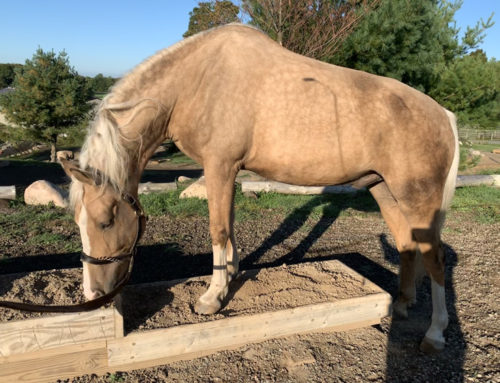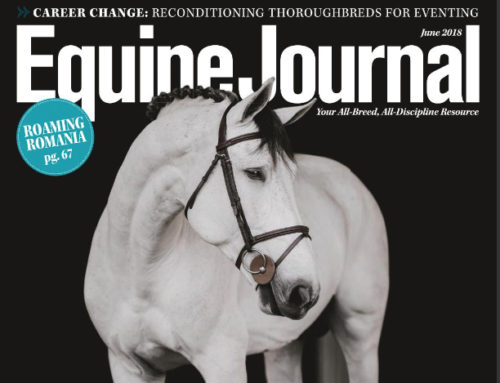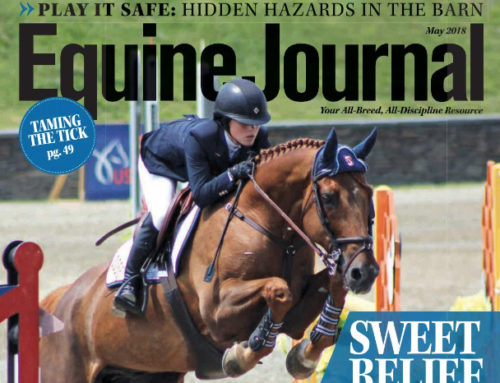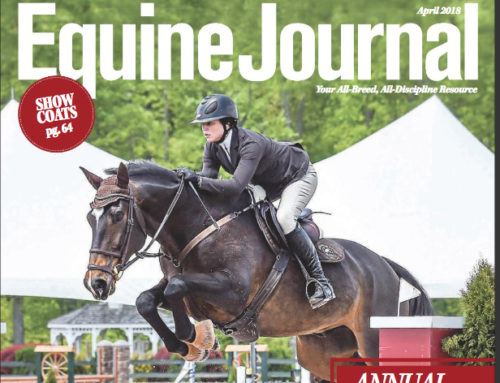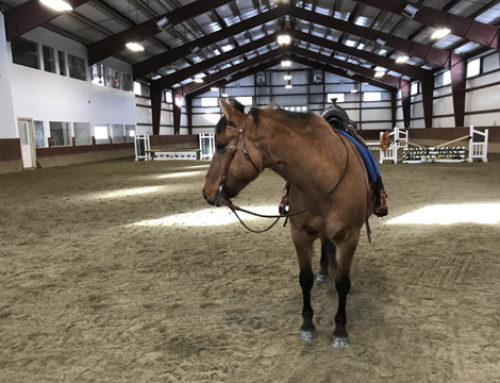There is a new discipline in the horse world that is gaining in popularity so fast that the organizers can barely keep up! It is called Western Dressage and is exactly that, classical dressage done on a western horse using western tack and gaits. It is now a USEF Affiliated discipline with its own set of rules, tests and judges.
First the similarities to English Dressage. It is based on a system of training that uses the same principles of relaxation, suppleness, rhythm, submission, contact, cadence and collection.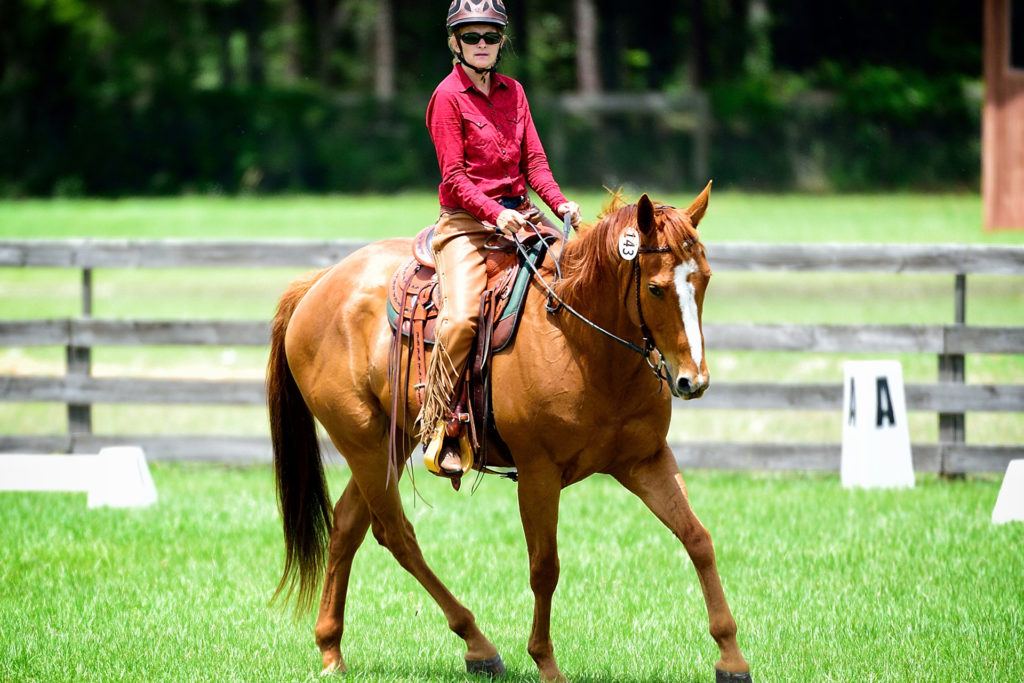
There is a series of tests that if done correctly can be used as stepping stones up the training scale. These tests use the same arenas (small for the first two levels, large for higher levels) arenas as English Dressage.
You can use these tests at home to help you to practice on your own or you can go to horse shows where you perform the tests in front of a judge. The judge will watch every movement that you perform and will give you a score and a comment for each one. Your final score, the total of all the movements and some extra general comments will be added together and given to you as a percentage of the total score possible. You will get to take your score sheet home with you and use it to help you progress towards the next test or a replay of that one if you got a low score.
Now the differences. In Western Dressage ride-ability, conformation and breed of the horse are taken into consideration more when the judge is considering the movements. While the balance and energy of the horse are still expected to come from the rear a Quarter Horse that is naturally built a little downhill as compared to a Morgan would not be penalized for the different “look”. As long as he was balanced and moving correctly he could compete equally with the more uphill breeds such as Morgan or Warmblood.
The same goes for ride-ability. The lope and the jog are subject to all the same conditions, they must be balanced, relaxed, rhythmic and in a frame suitable to the level of the test, but they do not have to be as extravagant and therefore less rideable, as is generally encouraged in English Dressage.
As the horse and rider move up the levels the WD tests start to ask for some movements that could be considered more Western in their origin but at no time are they allowed to be off balance or out of rhythm.
The equipment and attire rules are obviously different as the look is Western style.
What these differences mostly add up to is that the tests and the sport in general are accessible to a broader range of athletic ability of horse and rider. It doesn’t mean that it is any less difficult or demanding, just that riders and horses that are smaller and designed for different jobs can compete on a more equal footing.
Possibly the best thing about Western Dressage and Dressage in general is that you don’t have to compete at all if you don’t want to, you can use it to simply improve your horse’s way of going so that both you and he will be a happier, healthier and have a sounder partnership. It will make whatever you do with your horse more enjoyable, better executed and safer whether it be trail riding, reining, cow work, versatility or any of the other wonderful activities out there.


